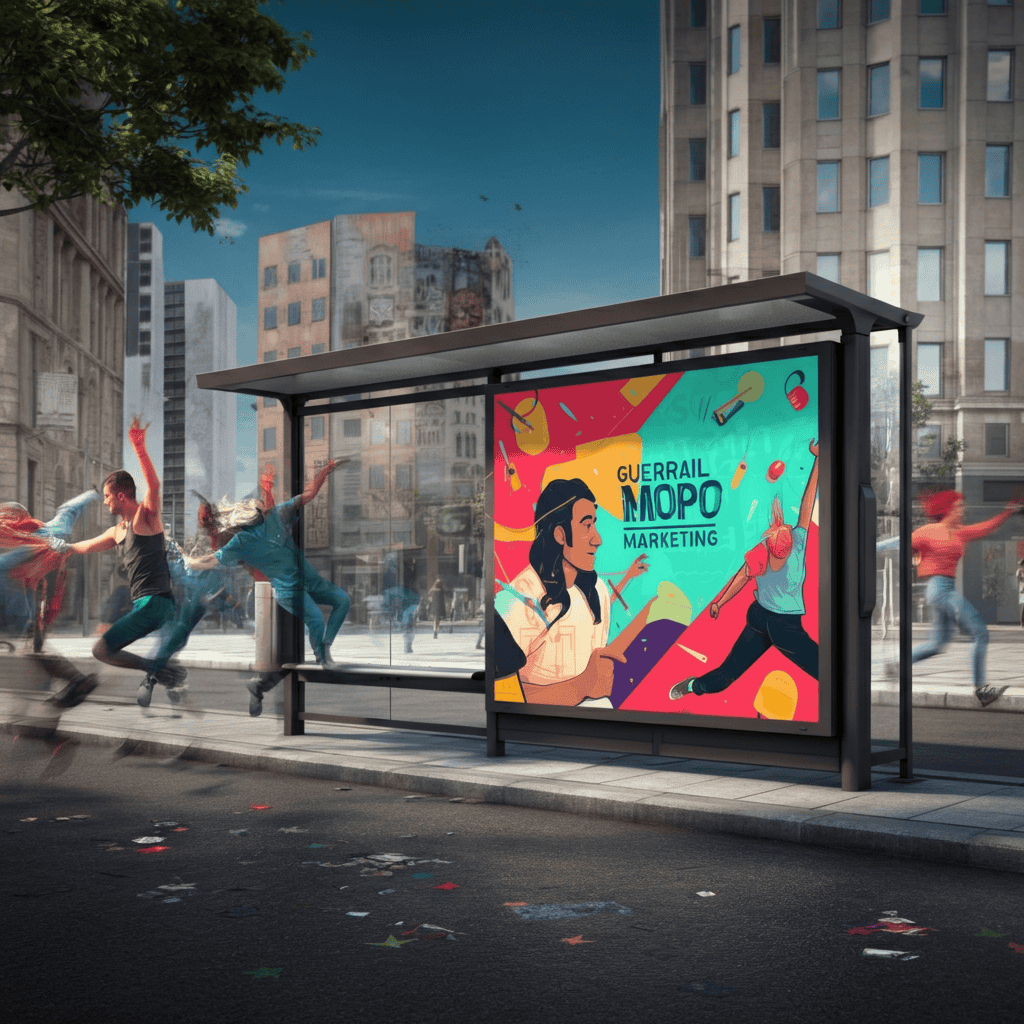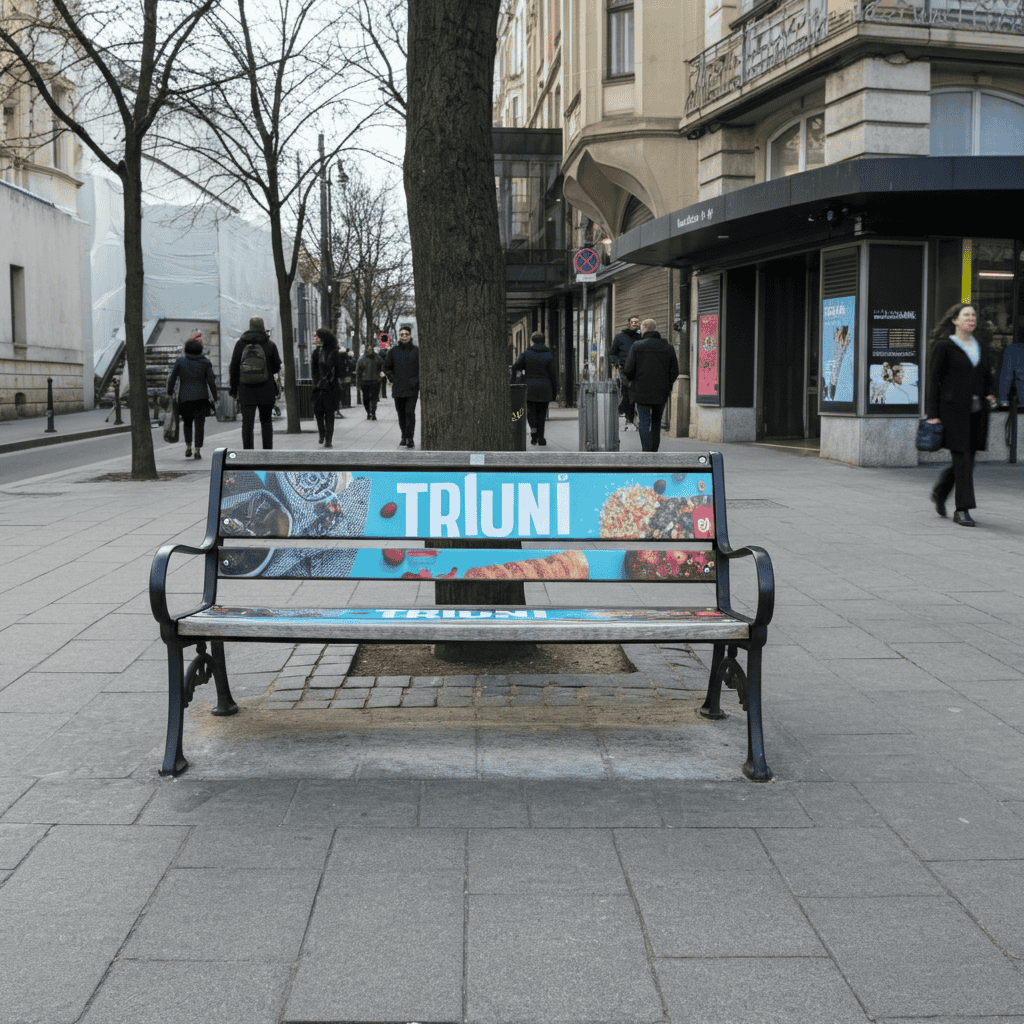
Most successful viral campaigns didn’t start with massive budgets or celebrity endorsements. They began with creative minds who understood one simple truth: attention is the world’s most valuable currency, and you don’t need money to earn it.
Guerrilla marketing flips traditional advertising on its head. Instead of buying your way to visibility, you earn it through creativity, timing, and strategic thinking. Small businesses, startups, and solo entrepreneurs have used these unconventional tactics to compete with industry giants and win.
The beauty of guerrilla marketing lies in its accessibility. You don’t need a Madison Avenue budget or a team of executives. What you need is the willingness to think differently, act boldly, and execute with precision. The strategies outlined below have helped countless brands break through the noise and capture widespread attention without spending a fortune.
Understanding the Guerrilla Marketing Mindset
Guerrilla marketing requires a fundamental shift in how you approach promotion—a concept originally popularized by Jay Conrad Levinson in his book Guerrilla Marketing, which has inspired generations of marketers to think creatively rather than expensively.
This approach prioritizes innovation over investment. Successful guerrilla marketers become masters of resourcefulness, turning everyday situations into marketing opportunities. They understand their audience deeply and know exactly where to find them, when they’re most receptive, and what will make them take notice.
The most effective guerrilla campaigns share several characteristics. They’re unexpected, memorable, and shareable. They often blur the line between marketing and entertainment, creating experiences that people want to talk about and share with others. Most importantly, they align perfectly with the brand’s identity and values.
Street-Level Tactics That Generate Buzz

Street marketing remains one of the most powerful guerrilla tactics because it creates real-world interactions that feel authentic and spontaneous. These campaigns work because they catch people off guard in their daily routines, creating memorable moments that stick.
Ambient Advertising
Transform ordinary objects and spaces into marketing messages. Bus stops become product demonstrations, park benches become part of your brand story, and sidewalks become canvases for temporary but impactful messaging. The key is choosing locations where your target audience naturally congregates.
Ambient advertising works best when the environment enhances your message. A fitness brand might place motivational messages on stairs, while a coffee company could create aromatic displays near office buildings during morning rush hour. The integration should feel so natural that people do a double-take when they realize it’s advertising.
Flash Mobs and Public Stunts
Organized spontaneity captures attention like nothing else. Flash mobs work because they transform ordinary spaces into stages, creating unexpected entertainment that people instinctively want to record and share. These events tap into the psychology behind why we share content, triggering emotional responses and social validation that drive engagement. Plan these events around high-traffic areas and peak times when your target audience is present. The performance should clearly connect to your brand without being overly promotional. The goal is to create a positive association and emotional connection that people remember long after the event ends.
Guerrilla Projections
Light projections on buildings, sidewalks, or other public surfaces create a striking visual impact with relatively low investment. These displays work particularly well for product launches, special announcements, or seasonal campaigns.
Choose projection surfaces that are visible from multiple angles and accessible to foot traffic. The content should be bold, simple, and instantly recognizable. Include clear branding but avoid cluttered messaging that viewers can’t quickly absorb.
Digital Guerrilla Marketing Strategies
Online guerrilla marketing leverages digital platforms’ viral potential without requiring paid advertising spend. These tactics focus on creating shareable content and strategic engagement that amplifies reach organically.
Newsjacking
Monitor trending topics and breaking news for opportunities to insert your brand into relevant conversations. This requires quick thinking and faster execution, but the payoff can be enormous when done well.
Successful newsjacking feels natural and adds value to the conversation—without falling into the trap of FOMO-driven marketing that chases every trend. Prepare templates and approval processes in advance so you can move quickly when opportunities arise. Remember that timing is everything—being first to market with a clever take often matters more than perfect execution.
Social Media Hijacking
Identify popular hashtags, memes, or social media trends that align with your brand values and audience. Create content that participates in these conversations while showcasing your unique perspective.
The most successful social media hijacking feels like a natural extension of existing trends rather than an obvious brand insertion. Study the tone and style of trending content before creating your own version. Authenticity matters more than production value in these contexts.
User-Generated Content Campaigns
Design campaigns that encourage your audience to create content featuring your brand. This approach transforms customers into brand ambassadors while generating authentic promotional material.
Create clear, simple participation guidelines and offer compelling reasons for people to get involved. The best user-generated campaigns tap into existing behaviors and motivations—crafting viral content that actually works by meeting people where they already are. Make participation easy and sharing inevitable.
Partnership and Community-Based Approaches
Collaboration amplifies guerrilla marketing efforts by combining resources, audiences, and creative perspectives. These partnerships often produce results that neither party could achieve independently.

Cross-Industry Collaborations
Partner with complementary businesses that share your target audience but aren’t direct competitors. These relationships create opportunities for creative campaigns that benefit both brands while providing additional value to customers.
Look for partners whose brand values align with yours and whose audience overlaps significantly with your target market. The most successful collaborations feel natural and mutually beneficial rather than forced or one-sided. Plan campaigns that highlight each partner’s strengths while creating something entirely new.
Community Engagement
Embed your brand in local communities by supporting events, causes, or initiatives that matter to your target audience. This approach builds long-term relationships while creating opportunities for organic word-of-mouth marketing.
Choose community involvement opportunities that align with your brand values and allow for meaningful participation. Avoid surface-level sponsorships in favor of deeper engagement that demonstrates genuine commitment to the community’s success.
Influencer Partnerships on a Budget
Work with micro-influencers, local personalities, or industry experts who align with your brand values. These partnerships often provide better engagement rates and more authentic connections than expensive celebrity endorsements.
Focus on influencers whose audiences genuinely overlap with your target market rather than simply pursuing follower counts. Propose value exchanges beyond monetary payment, such as exclusive access, product collaborations, or skill-sharing opportunities.
Timing and Execution Strategies
Perfect execution can make or break guerrilla marketing campaigns. The most creative ideas fall flat without proper timing, preparation, and follow-through.
Event-Based Marketing
Align campaigns with major events, holidays, or cultural moments when attention is already focused and audiences are primed for engagement. This strategy leverages existing energy rather than trying to create it from scratch.
Research event schedules, cultural calendars, and industry happenings well in advance. Plan campaigns that feel connected to these moments without being predictable or clichéd. The best event-based marketing offers fresh perspectives on familiar themes.
Seasonal Campaigns
Design campaigns around seasonal behaviors, needs, and emotions. People’s routines and mindsets shift with the seasons, creating opportunities for targeted messaging that feels timely and relevant.
Study your audience’s seasonal patterns and pain points. Summer might call for campaigns focused on convenience and mobility, while winter campaigns might emphasize comfort and connection. Match your messaging and tactics to these natural rhythms.
Crisis Marketing
Prepare frameworks for responding to unexpected events or crises that could create marketing opportunities. This requires sensitivity and careful judgment, but can position your brand as responsive and helpful during challenging times.
Develop crisis response protocols that prioritize helpfulness over promotion. The most successful crisis marketing provides genuine value during difficult times rather than exploiting situations for commercial gain.
Measuring Success Without Breaking the Bank
Effective measurement ensures you understand what’s working and can replicate successful tactics while avoiding costly mistakes.
Track engagement metrics across all platforms where your campaigns appear. Monitor mentions, shares, comments, and user-generated content related to your campaigns. Pay attention to sentiment and quality of engagement, not just quantity.
Use free and low-cost analytics tools to measure website traffic, social media performance, and brand mention frequency. Google Analytics, social media insights, and mention tracking tools provide valuable data without requiring significant investment.
Set clear objectives before launching campaigns so you know what success looks like. Whether you’re aiming for brand awareness, lead generation, or direct sales, establish specific, measurable goals that align with your overall business objectives.
Making Guerrilla Marketing Work for Your Brand
Guerrilla marketing isn’t about random acts of creativity—it’s about strategic thinking applied through unconventional methods. The most successful campaigns start with a deep understanding of the target audience and clear business objectives.
Begin by identifying your unique brand perspective and the core message you want to communicate. Study your audience’s behaviors, preferences, and gathering places both online and offline. Look for gaps in your industry’s marketing approach that you could fill with creative tactics.
Start small and test different approaches before investing significant time or resources. Document what works and what doesn’t, then scale successful tactics while refining your approach. Remember that guerrilla marketing is often about consistency and persistence rather than single breakthrough moments.
The brands that win with guerrilla marketing are those that commit to creativity, stay authentic to their values, and remain focused on providing genuine value to their audiences. With careful planning and bold execution, these tactics can help any brand punch above its weight and achieve viral success without a massive budget.










Leave a Reply